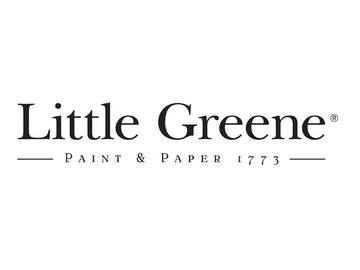Shop for Garage Projects
Filter By
Type
Brands
Application Method
- Featured
- Best selling
- Alphabetically, A-Z
- Alphabetically, Z-A
- Price, low to high
- Price, high to low
- Date, old to new
- Date, new to old
Garage Projects
Painting a garage requires careful consideration of factors such as the intended use of the garage, the surface condition, and the level of durability required. Garages are often subjected to more wear and tear compared to other areas of a home, so choosing the right paint can make a significant difference in terms of longevity and performance.
Moisture resistance is a critical factor to take into account. Garages can be susceptible to moisture, especially if there are water leaks or condensation issues. Choosing a paint with moisture resistance can help prevent water-related problems like mould and mildew growth, ensuring the paint remains in good condition over time.
Furthermore, garages can accumulate dust and dirt over time. Therefore, it's beneficial to opt for paints that are easy to clean with a simple wipe-down. This quality will help keep the garage looking tidy and well-maintained with minimal effort.
If the garage floor is going to be painted, consider using a paint with anti-slip properties. Epoxy coatings, for example, can provide an anti-slip surface, enhancing safety, especially in areas where water or other liquids may be present. This feature reduces the risk of slipping and falling, making the garage a safer space.
When applying single-pack paint to a garage floor, it is strongly advised to refrain from parking a car on the painted surface for a minimum period of 3 weeks. This precaution is necessary due to the presence of plasticizing chemicals in car tyres, which have the potential to migrate into the freshly applied paint and induce softening. Consequently, car tyres, particularly when wet, may adhere to the uncured paint, resulting in the detachment or "tearing" of the paint coating from the floor. To ensure optimal adhesion and longevity of the paint finish, it is essential to allow an adequate curing time, as specified by the paint manufacturer, before subjecting the surface to vehicular traffic.











